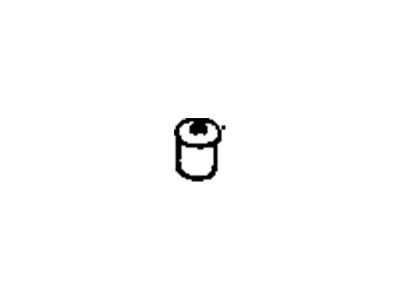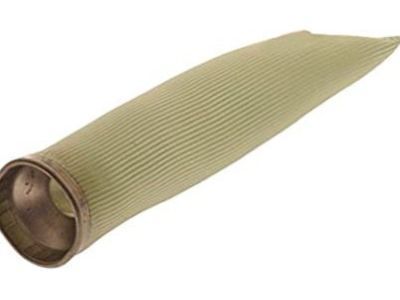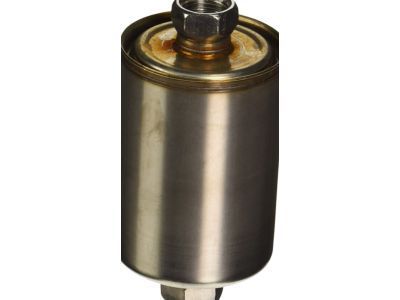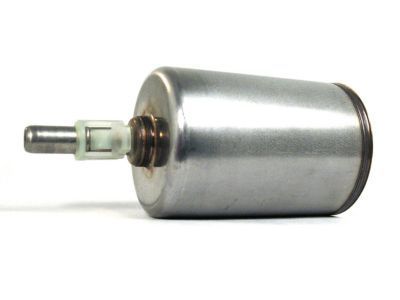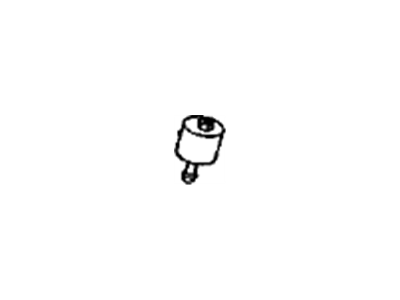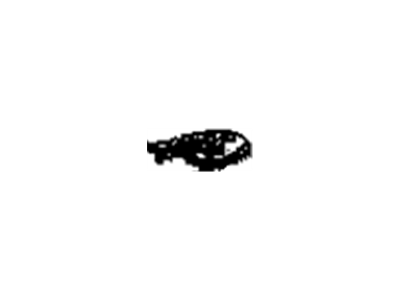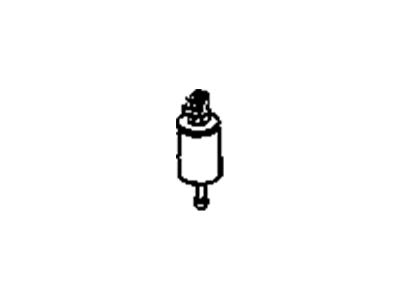My Garage
My Account
Cart
Genuine Pontiac Firebird Fuel Filter
Gas Filter- Select Vehicle by Model
- Select Vehicle by VIN
Select Vehicle by Model
orMake
Model
Year
Select Vehicle by VIN
For the most accurate results, select vehicle by your VIN (Vehicle Identification Number).
8 Fuel Filters found
Pontiac Firebird Fuel Filter
Fuel Filter is a screen type which is an important part of the fuel system of Pontiac Firebird vehicles, its main job is to filter out dirt, rust and other debris which could harm the engine. Thus, using the cartridges with the filter paper, the Fuel Filter eliminates abrasive particles that, in turn, may cause the fuel pumps and the injectors to wear out and ultimately fail. It is critical to always service the Fuel Filter because the gunk will accumulate at the base which interferes with the fuel circulation and compromises on the performance of the engine. In diesel engines, there are also these filters that can also trap and later dispense water to protect the fuel system from impending harm. In summary, the Fuel Filter is one of the vital components that help to enhance the life of the Firebird vehicles' engine and its efficient operation.
Each OEM Pontiac Firebird Fuel Filter we offer is competitively priced and comes with the assurance of the manufacturer's warranty for the part. Furthermore, we guarantee the speedy delivery of your orders right to your doorstep. Our hassle-free return policy is also in place for your peace of mind.
Pontiac Firebird Fuel Filter Parts Questions & Experts Answers
- Q: How to replace the fuel filter on carbureted and fuel-injected engines on Pontiac Firebird?A: On carbureted models, the fuel filter is located inside the fuel inlet at the Carburetor and is made of pleated paper that cannot be cleaned or reused. This job should be done with the engine cold, using open-end wrenches to fit the fuel line nuts and a replacement filter. The air cleaner assembly should be removed, and the fuel line located where it enters the carburetor. Rags should be placed under the fuel inlet fittings to catch spilled fuel, and the fuel line fitting should be loosened with a flare nut wrench. After the fuel line is disconnected, the fuel inlet filter nut can be unscrewed, being careful not to lose the thin washer-type gasket or the spring located behind the fuel filter. The old filter should be compared with the new one before installation. The new filter is placed in position behind the spring, with a rubber gasket and check valve at one end pointing away from the carburetor. A new washer-type gasket is installed on the fuel inlet filter nut and tightened securely. The fuel line is then reconnected, and the engine started to check for leaks. If leaks are found, the fuel line connector should be disconnected and checked for stripped or damaged threads. The air cleaner assembly is then reinstalled. Fuel-injected engines employ a stainless steel in-line fuel filter, located at various positions depending on the engine model. With the engine cold, a container is placed under the fuel filter, and the fuel lines are disconnected from each side of the filter. The fuel filter bracket is then removed, and a new filter installed. The fittings are tightened securely, and the ignition key turned on to check for leaks.
Related Pontiac Firebird Parts
Browse by Year
2002 Fuel Filter 2001 Fuel Filter 2000 Fuel Filter 1999 Fuel Filter 1998 Fuel Filter 1997 Fuel Filter 1996 Fuel Filter 1995 Fuel Filter 1994 Fuel Filter 1993 Fuel Filter 1992 Fuel Filter 1991 Fuel Filter 1990 Fuel Filter 1989 Fuel Filter 1988 Fuel Filter 1987 Fuel Filter 1986 Fuel Filter 1985 Fuel Filter 1984 Fuel Filter 1983 Fuel Filter 1982 Fuel Filter

